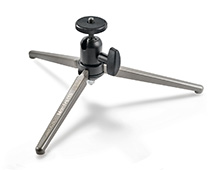Of course while in Budapest I took also few other photos, not just the firework ones. But thanks to the weather I was not able to take many, as it was raining a lot. But luckily, few hours before the fireworks, it stopped raining, and started only few hours after. Usually I have worse luck with weather, so it was nice for a change :)
So for today, I have for you a photo of the Margareth bridge. I managed to stop by it the only evening I had. It’s one of those bridges, that are just so horrible to edit in photos. Yellow lights combined with a yellow bridge, just make for a bad combination. But it still looks nice :)
This is a manual blend from 5 exposures, combined with a HDR created in Oloneo Photoengine.
















